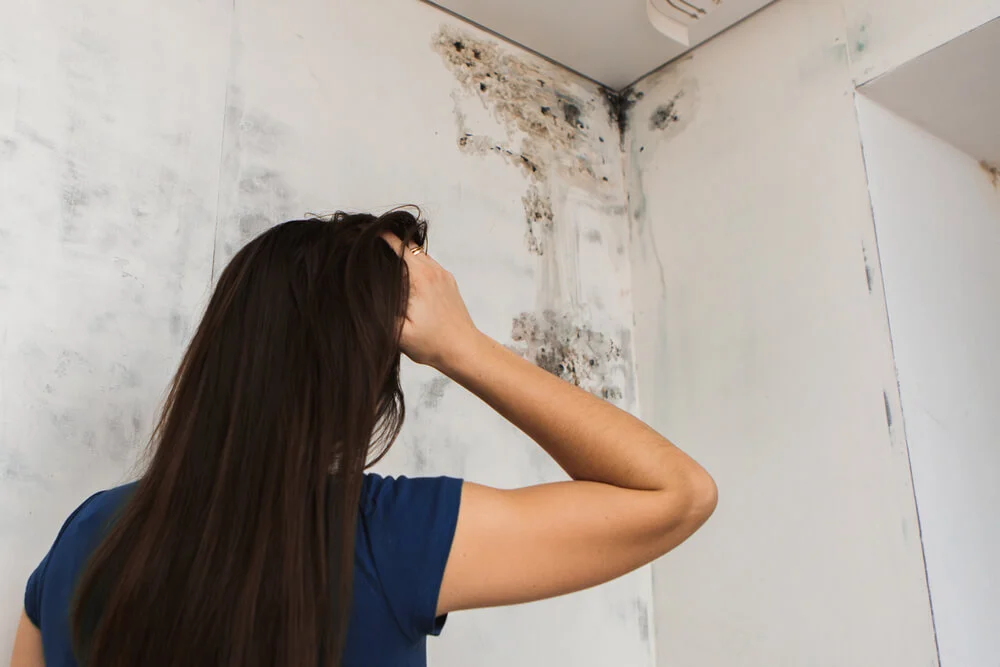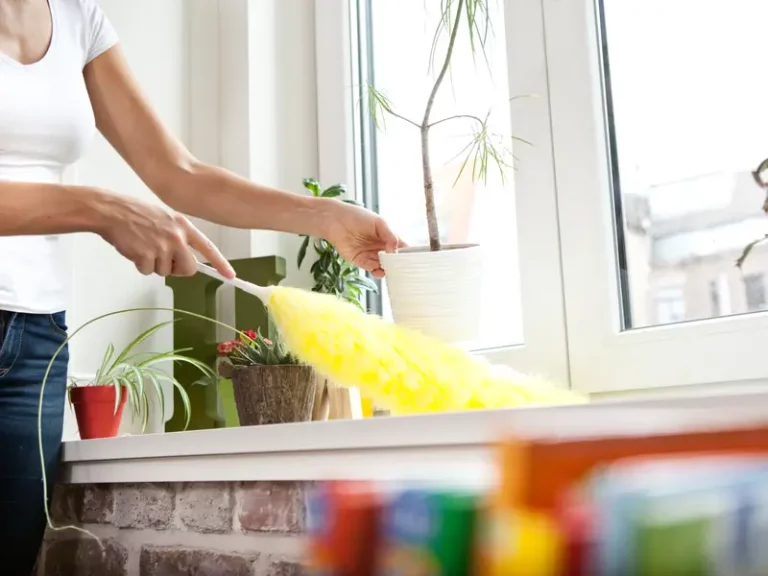Identifying Mold and Mildew on Your Home

Mold and mildew, while often used interchangeably, refer to different types of fungal growths; mold is more nefarious, while mildew is less harmful and easier to eradicate. They are both unwelcome guests on the exteriors of our homes, flourishing in moist and shaded areas, presenting as discolored patches that can decay building materials over time. The first step to tackling these unsightly invaders is accurate identification. Typically, mold appears as irregularly shaped spots in black, green, or red shades, whereas mildew tends to be powdery and gray or white.
Preparation for a Safe and Effective Clean
Before removing these fungal foes, gearing up for safety is essential. Protective eyewear, gloves, and a mask are minimum requirements to shield yourself from spores and cleaning solutions. Exterior house cleaning of any outdoor furniture or decorations will ensure a clear workspace. Covering plants and grass with plastic sheeting will protect them from the cleaning solutions you’ll be using.
Choosing the Right Cleaning Solutions and Tools
You’ll find various options for cleansing agents, from store-bought mold removers to simple but effective home concoctions like vinegar and water. These services use environmentally friendly biocides that are adept at removing mold and mildew and preventing their reappearance. When soft washing isn’t an option, a standard garden spray, and soft-bristled brush can suffice for application and gentle scrubbing.
The Soft Wash Advantage in Eliminating Mold and Mildew
Soft washing has gained traction as the method of choice for removing mold and mildew because it goes beyond the surface level, treating the root of the problem. Using low-pressure nozzles coupled with cleaning solutions specifically formulated to kill mold and mildew ensures that the removal is thorough and lasting while being gentle enough not to damage your home’s exterior finishing.
Step-by-Step Mold and Mildew Removal Process
To remove mold and mildew:
- Start by thoroughly wetting the affected area with water.
- Apply your chosen cleaner liberally and let it sit for the amount of time recommended by the product.
- After the solution has had time to work, scrub the area with your soft brush, working in sections and rinsing frequently to prevent the cleaning agent from drying on the surface.
It’s imperative to be gentle to avoid causing damage to paint or siding. Once all mold and mildew have been scrubbed away, give the entire area one final rinse with clean water.
Preventing Future Mold and Mildew Growth
Prevention is key in avoiding future battles with mold and mildew. Regularly inspecting and cleaning your home’s exterior, trimming overhanging branches to increase sunlight exposure, and ensuring gutters and downspouts are clear to prevent water accumulation will all help keep these fungal problems at bay.
When to Call the Professionals
Some mold and mildew infestations may be too extensive for a homeowner to tackle alone. In such cases, professional cleaners can assess and effectively treat the problem. Professionals have access to industrial-grade cleaning agents and tools that can make short work of stubborn mold and mildew, ensuring your home is clean and safe without any extra hassle.







